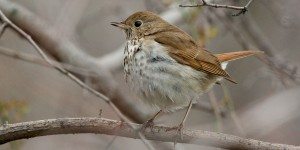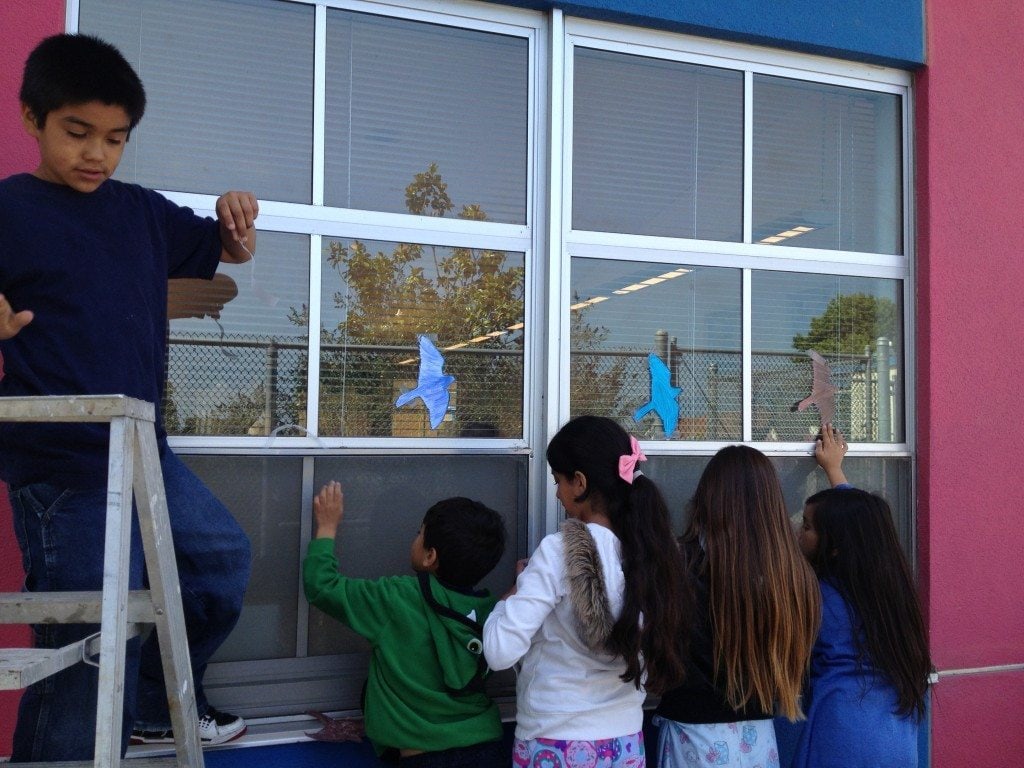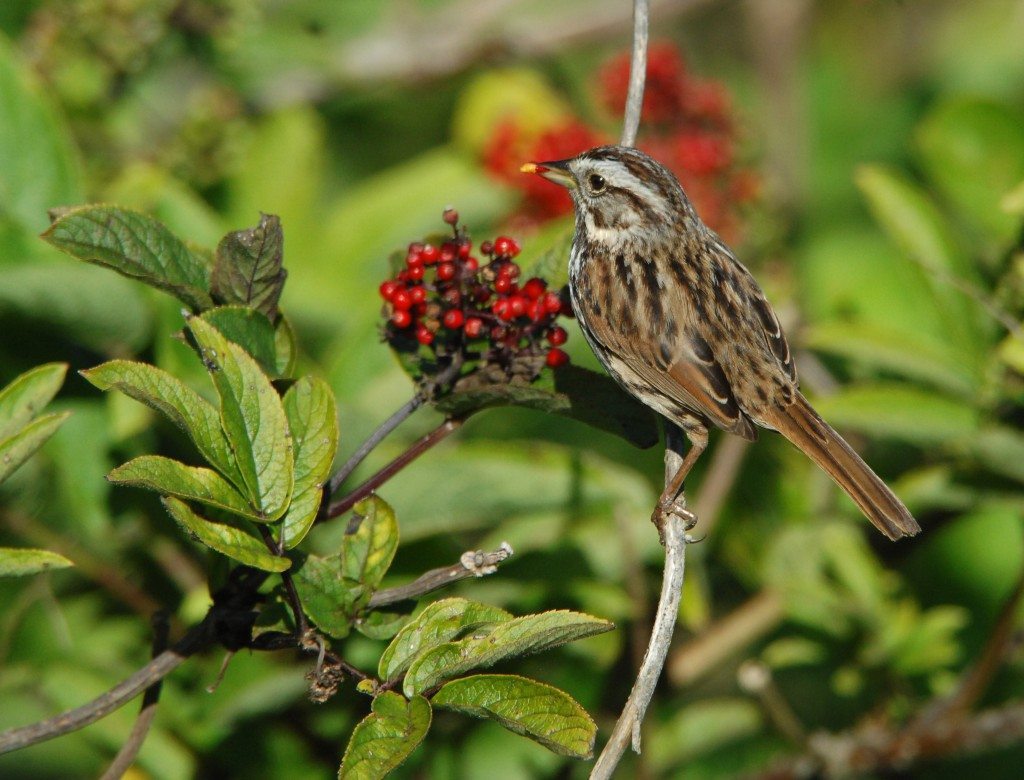Making it work on the South Coast
By Phila Rogers
I don’t think I could have written these words even two months ago because I was still unreconciled to my move to Santa Barbara. This is NOT my home, I would have told you. And then I would begin my rant. Where are the robins to sing up the dawn? Where are the chickadees chattering in the oaks, or the Great-horned Owls hooting at dusk from the eucalyptus?
Nothing was right. Here, it is a cacophony of crows – an unholy chorus – from dawn to dusk. The creek next to this retirement “campus” is dry as a bone, lacking the lush streamside vegetation to attract the spring singers like the Swainson’s Thrushes, Warbling Vireos, and Wilson’s Warblers that populated my beloved Strawberry Canyon.
Some days, I would imagine sitting on the bench under the sheltering branches of the oak I had planted 60 years ago. Or I would envision myself at the U.C. Botanical Garden, climbing the path up to the Old Roses garden, and to the fence line where I could look up the steep chaparral-covered slope to the bent tree at the top of the hill. Coming down, I would stop to view the Bay in the “V” of the hills. Of course, there would be robins singing everywhere, and the Olive-sided Flycatcher calling from its perch at the top of a redwood.
There’s no cure for this nostalgia other than to acknowledge that I will always look at what’s around me through Berkeley eyes. I don’t want to surrender that perspective. But maybe I could allow myself to consider the virtues of the South Coast, of Santa Barbara where everyone wants to come and visit and — if they could afford to – stay.
A month after I came to live here last September, flocks of Yellow-rumped Warblers arrived, just like the ones in Berkeley. The manicured gardens of lawns, palms, and agapanthus beds were just fine with them. They dove into the palms and out again, forever “chipping.” Then a Hermit Thrush took up winter residency beneath the live oaks below my bedroom window. And then a troupe of cheerful White-crowned Sparrows arrived, singing sweetly, but in a different dialect.
 Hermit Thrush / Photo by Matt MacGillivray
Hermit Thrush / Photo by Matt MacGillivray
My retirement community is just up the hill from Oak Park, one of the scruffier city parks but with some fine live oaks and sycamores. Sycamores are new to me except for the ones I would infrequently see out around Sunol where they favored the flats near streams.…









